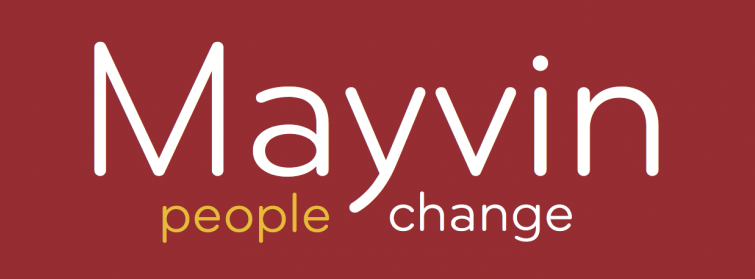Do you have the presence of a leader? Do you inspire trust? Do you make good choices under pressure? Do you create healthy, open relationships? These are embodied qualities of leadership - they say more about who you are than what you know. But that doesn’t mean they can’t be learned.
Over the last few years, I have been working with individuals and groups on precisely these kinds of leadership issues, using an approach drawn from the world of martial arts. The approach is called ‘Embodied Leadership’ and is the brainchild of Richard Strozzi-Heckler. The key idea is that it is possible to work on ‘who you are’ through your physical body.
For example, think about what happens when you are startled. In that moment, you are most likely flooded with physical sensation - the adrenalin coursing through you or your heart pounding. Your breathing changes, your musculature contracts, you may literally ‘jump’. Emotion will be there too - maybe fear or anger. Words may pop into your head, which may or may not be rational. In that moment, to most of us it is clear that our physical body and ‘who we are’ are one and the same thing.
What has all this to do with leadership? My point is that the embodied qualities of leadership - things like presence, the ability to inspire trust and to be graceful under pressure - are all hugely impacted by what is going on in the body. If we want to change these things, often the most powerful thing we can do is to make a change physically. (Just as when you are startled, the best way to calm yourself is to slow down and deepen your breathing, and consciously relax your musculature.)
So, where do the martial arts come in? At the core of this approach to leadership development is the idea of being ‘centred’ which comes directly from martial arts such as Aikido. When a practitioner of Aikido is centred, her body is in a state of ‘alert relaxation’. Her centre of gravity is low, making her hard to push around. Her weight is balanced, so she can move quickly in any direction she chooses. Her gaze is soft with wide peripheral vision and her breathing is calm and steady, so she can anticipate and react appropriately to whatever comes her way. She has a presence that is both powerful and open.
These qualities are not just useful in a martial context. Because they are qualities of the ‘self’ not just of the body, they are equally relevant to leadership. And they can learned and practised. That is the idea behind Embodied Leadership.
Another powerful aspect of the Embodied Leadership approach is the way it reveals people’s individual and collective traits. I use it with teams to help them coordinate more effectively together. For example, I might give each team member a jo, a four-foot long staff used in Aikido, and teach them some simple moves that require coordination between the team members.
As they undertake this activity, someone might be rushing ahead of the others, not noticing where they are. This might be the team member who acts impetuously in the office without thinking about his impact on others. Or there may be someone who finds it difficult to give a clear strike with the jo - the strike should come down straight down the centre line, but they strike off to one side. This person may find it difficult to be direct or assertive in their communication.
It’s not an exact science of course, but how people are in the activity will say much about how they are in the world. By creating a connection for people between the way they are in the exercise and the way they are out in the world, they can see their habitual patterns more clearly. The exercises also create the possibility of change: by practising another way of being in the exercise and working with what this brings up for them, participants find themselves able to embody new leadership qualities and commit to something new.
This article first appeared in London Business School’s Alumni News, April - June 2010
Further Reading
Strozzi-Heckler, R. (2007). The Leadership Dojo: Build Your Foundation as an Exemplary Leader, Frog Ltd, Berkeley

